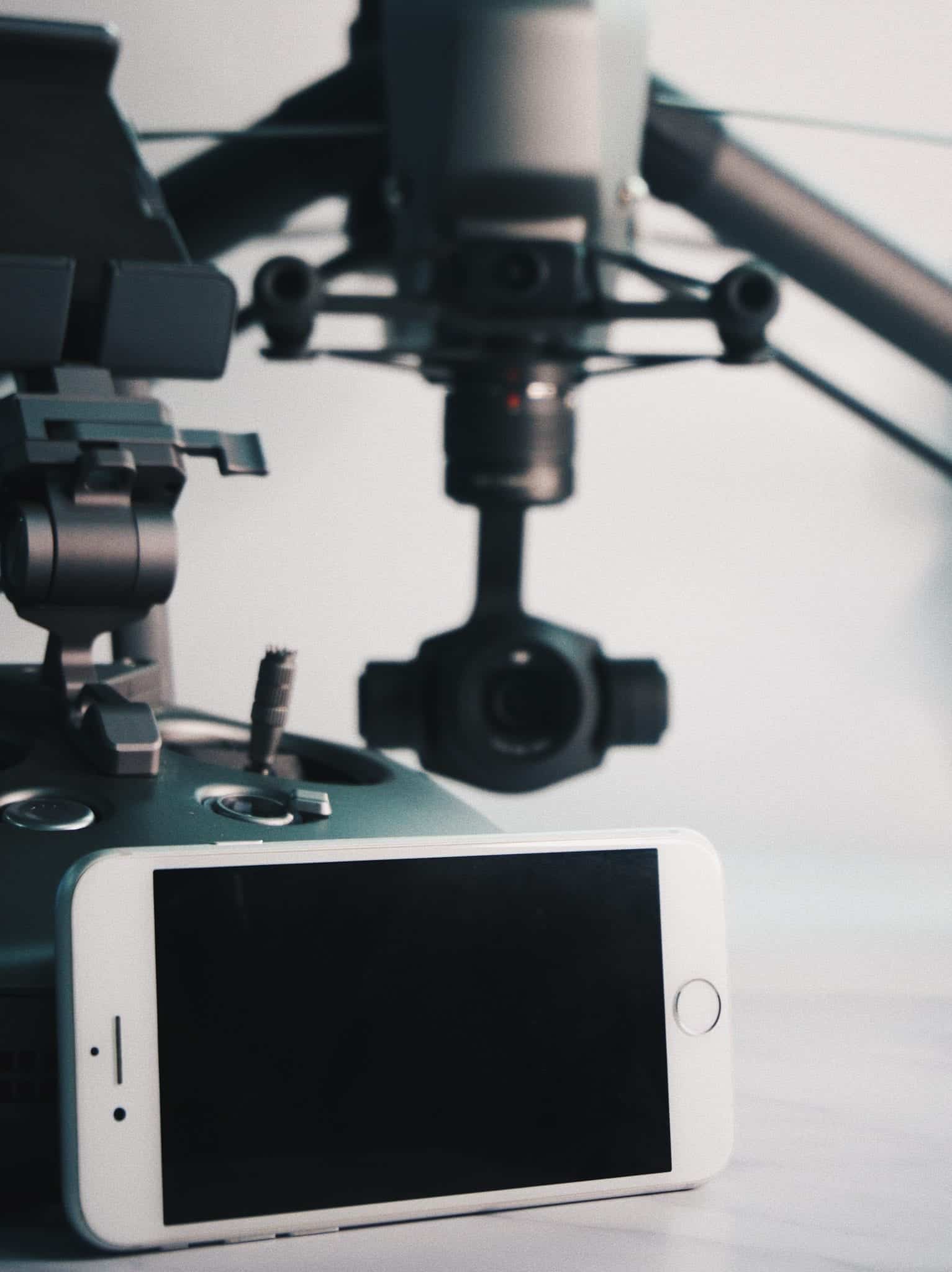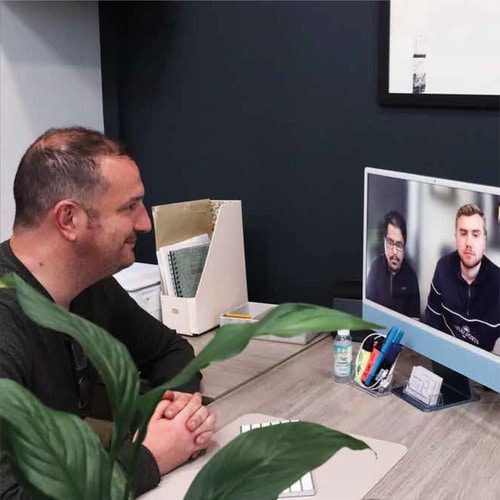Tips to make your aerial videography stand out
Drone videography involves the use of aerial platforms that have high-resolution cameras, and they can film videos from hundreds of feet. With the ever-increasing popularity of video used to create social media content and engage an audience online, it’s no surprise the demand for drone videography is rising.
When you use a drone to shoot videos, then it allows you to explore your sense of creativity.
However, you need to keep one thing in mind, drone videography is a tricky business, so here are the best tips to excel in drone videography:
Set the right frame rate
The first setting to adjust should be the frame rate; you can either go with 30 frames per second or 24 frames per second. Twenty-four FPS is the best for most aerial photography shots and it will make your film look like a Hollywood feature. The best way to get the most out of your footage is to go for 4K or 1080p at either 60 or 120fps so that you can slow down the footage, plus you’ll have more freedom editing it later.
Find the best lighting
Just like shooting standard videos, to shoot a high-quality video, you need the best light. With drone videography, the only way to achieve this is by watching the position of the sun. Filming before sunrise or before sunset is best to get dramatic footage and capture more detail of the surroundings. You can use your drone at any time as long as you use the right camera settings and avoid shooting where the sun rays might interfere with your video.
Follow the orbit rule
When a drone rotates around a subject, this helps to give a great cinematic view. Try navigating your drone in a circle as well as maintaining your target in the middle when you fly sideways. Keep in mind that it will take a fair amount of effort to operate in the perfect circle. Using your drone may allow you to go for the intelligent flight mode. When you go for this mode, your drone will automatically fly in a circle; you can also adjust the radius and the height in this mode.
Fly prepared
Find a location that will favour your drone’s battery life. Start from a place of inspiration, find people who use drones on Instagram, then, make a list of nearby locations and local points of intrigue. Utilise tools like Google Maps to examine the feasibility of each of your location ideas. Think about what the backdrop of your video might be and how the light would interact at different times of the day.
Know when to fly
Weather conditions are always changing; you must stay up-to-date with the latest information and continue to monitor the weather while you’re operating your drone. Wind can make flying a drone difficult and can lead to your batteries draining a lot faster when trying to keep the drone steady. Just be mindful that it’s not entirely safe to fly in a windy type of weather. It’s also not a good idea to fly your drone when it’s snowing or raining, as they can damage the electronics.
Getting the most out of your aerial photography equipment is essential for you to get quality footage.
Whether you are filming drone footage for your own consumption, social media, or during film production, you need a little practice and remembering these tips will help you to record great footage safely.





